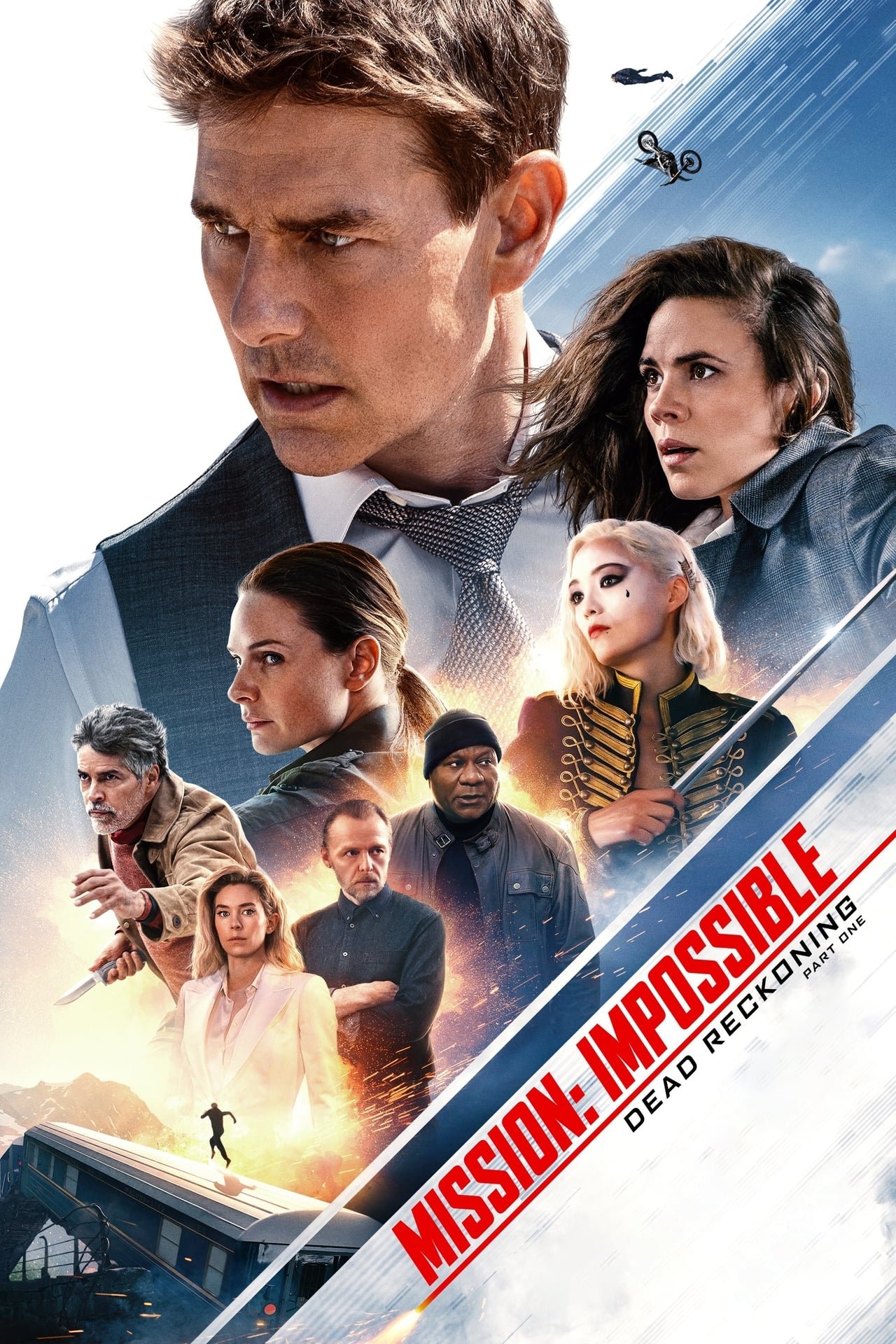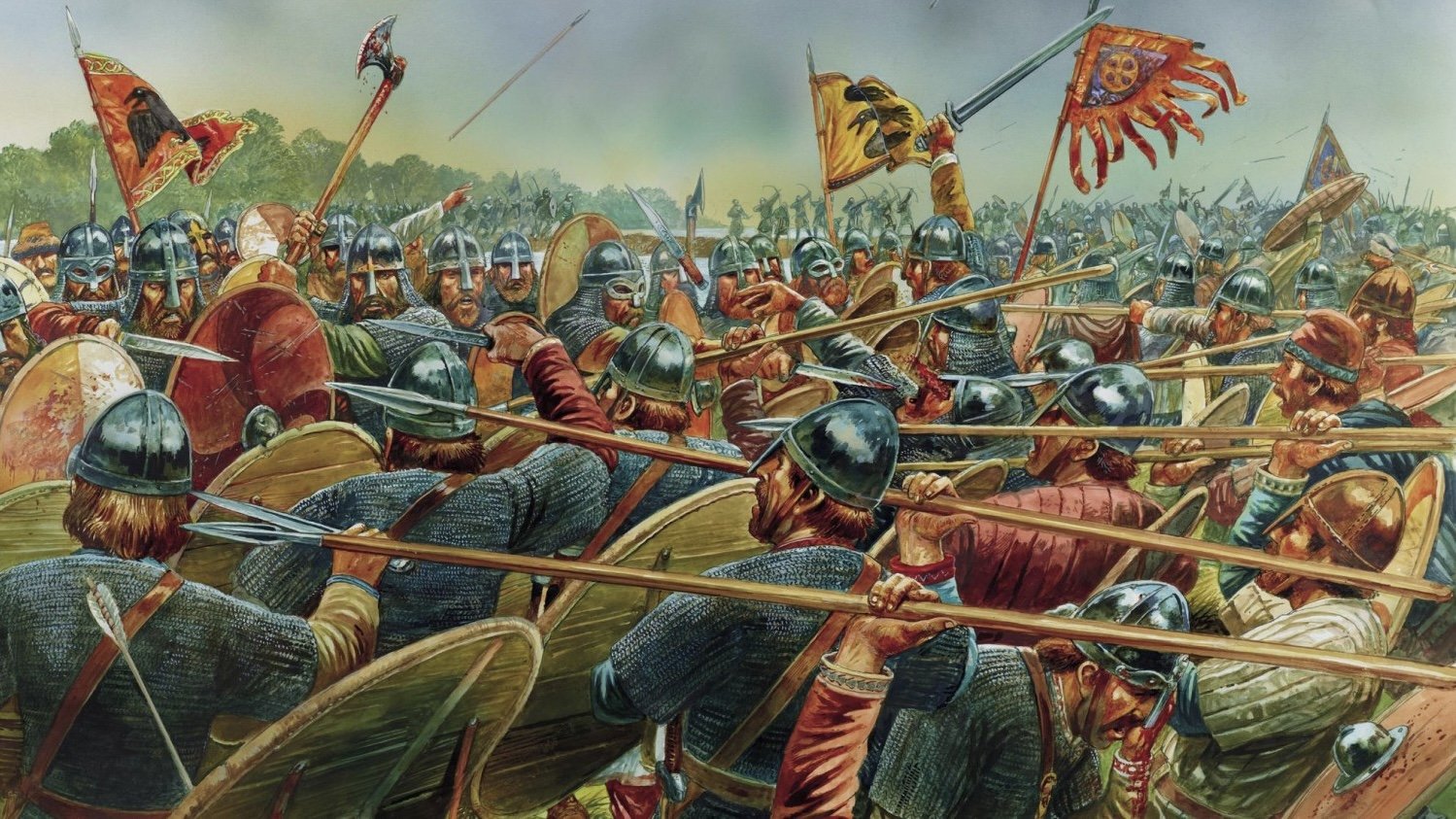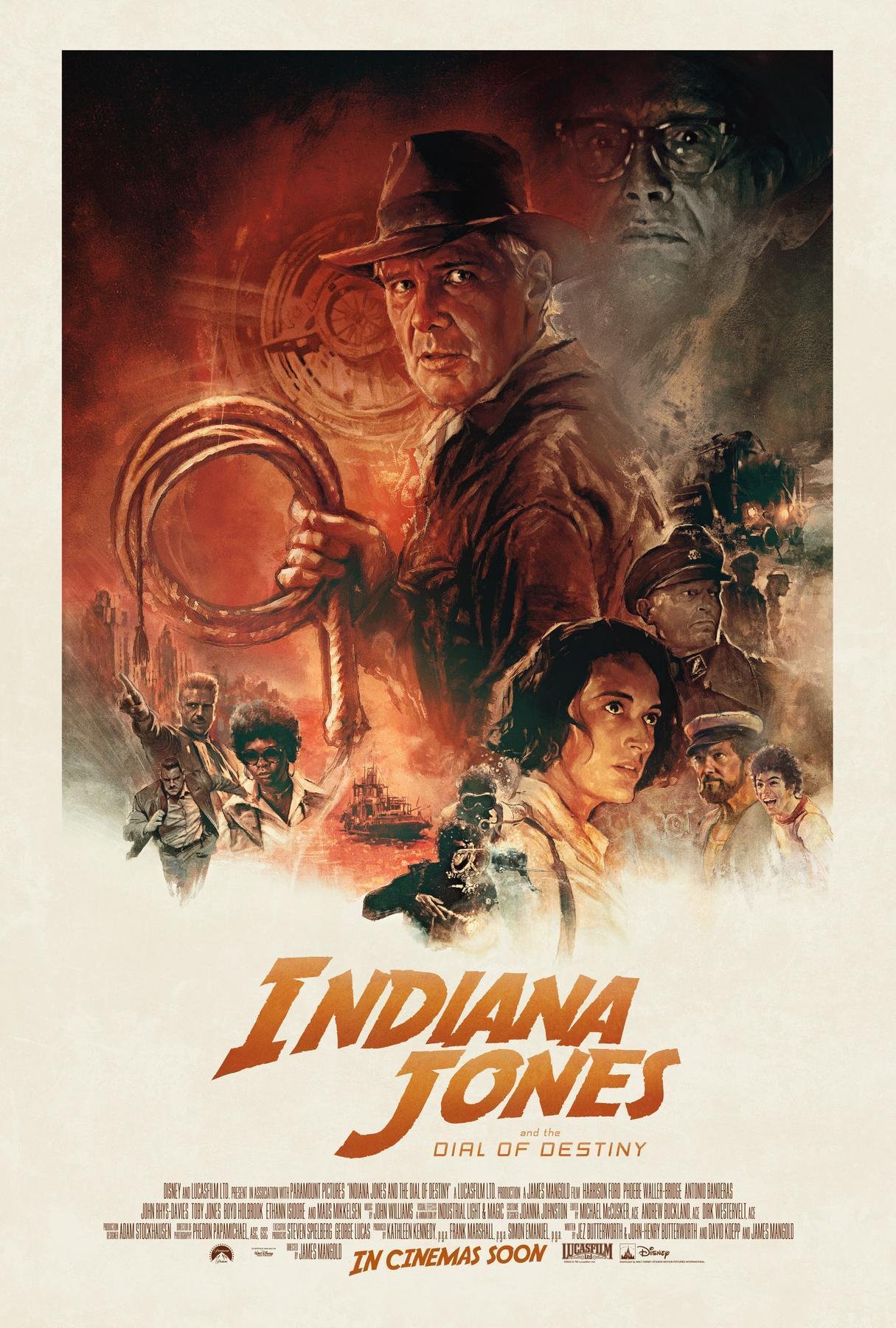Price and Keegan on walking the ground
/Yesterday on my commute I listened to the latest episode of The Rest is History, “Viking Sorcery,” in which Tom Holland and Dominic Sandbrook interview archaeologist Neil Price, author of Children of Ash and Elm, a massive archaeological and historical study of the Norse, which I read two summers ago.
Holland begins by reading a striking passage from Price’s earlier book The Viking Way. Having relocated from Britain to the University of Uppsala, Price realizes how the landscape of the Norse homeland is reshaping his understanding:
I was disturbed by the fact that the ancestral stories of the North should seem so much more intelligible when looking out over those Swedish trees than they had done while sitting in my office in England.
Price himself elaborates on this point not long into the interview:
“[W]hatever you’re studying about the past, it really does help to go to the places that you’re talking about to see the landscapes.”
I was conscious when I wrote The Viking Way—it came out in 2002 originally, so it’s twenty years old now—that sort of sentiment that you quoted about me being disturbed by the fact that those ancestral stories seem so much more intelligible when looking out over Swedish trees, there’s a risk that that’s a kind of romanticizing view. There’s me thinking, ‘Wow, I’m in touch with the Viking Age,’ and of course I’m not. So you have to guard against that as well. But I do think that, whatever you’re studying about the past, it really does help to go to the places that you’re talking about to see the landscapes, to experience what a Scandinavian winter is like. When you look at, say, reconstruction drawings, it’s always summer. They’re never sort of hunkered down in a snowed-in building, and yet that’s a very large part of the year. So to sort of try and get that kind of experiential aspect of things I think is quite important.
What Price calls the “experiential” dimension of historical understanding is what Chesterton called “the inside of history”—a recurring theme of my work as a historian, teacher, and novelist, and of my reflections on this blog. Getting at this dimension is not just a matter of trying to grasp alien minds or dressing up in a lost peoples’ clothing but in feeling and understanding the actual physical places where they lived and died.
Price’s discussion immediately reminded me of one of the passages that first brought this home to me as a grad student and reshaped how and why I study history. From Sir John Keegan’s great study The Face of Battle, first published in 1976:
Anecdote should certainly not be despised, let alone rejected by the historian. But it is only one of the stones to his hand. Others—reports, accounts, statistics, map-tracings, pictures and photographs and a mass of other impersonal material—will have to be coaxed to speak, and he ought also to get away from papers and walk about his subject wherever he can find traces of it on the ground. A great pioneer military historian, Hans Delbrück in Germany in the last century, demonstrated that it was possible to prove many traditional accounts of military operations pure nonsense by mere intelligent inspection of the terrain.
This passage took root in my mind as “walking the ground,” something I have few resources to do but which always, always helps when I can. My writing of Griswoldville was based closely not only on the specific locations around Macon where the battle takes place—which I walked in appropriate winter weather—but on the landscapes of north and central Georgia generally: the hills, farms, fields, orchards, pecan groves, and the weather. The land and what it is like is a fundamental part of that story. And, naturally, that understanding transferred to my historical narrative of the battle for the Western Theater of the Civil War Blog a few years ago. I work hard on everything I write, but my own best work always has walking the ground behind it.
A small but important point in Price’s chat with Holland and Sandbrook, but the entire interview is excellent. I strongly recommend it.
















